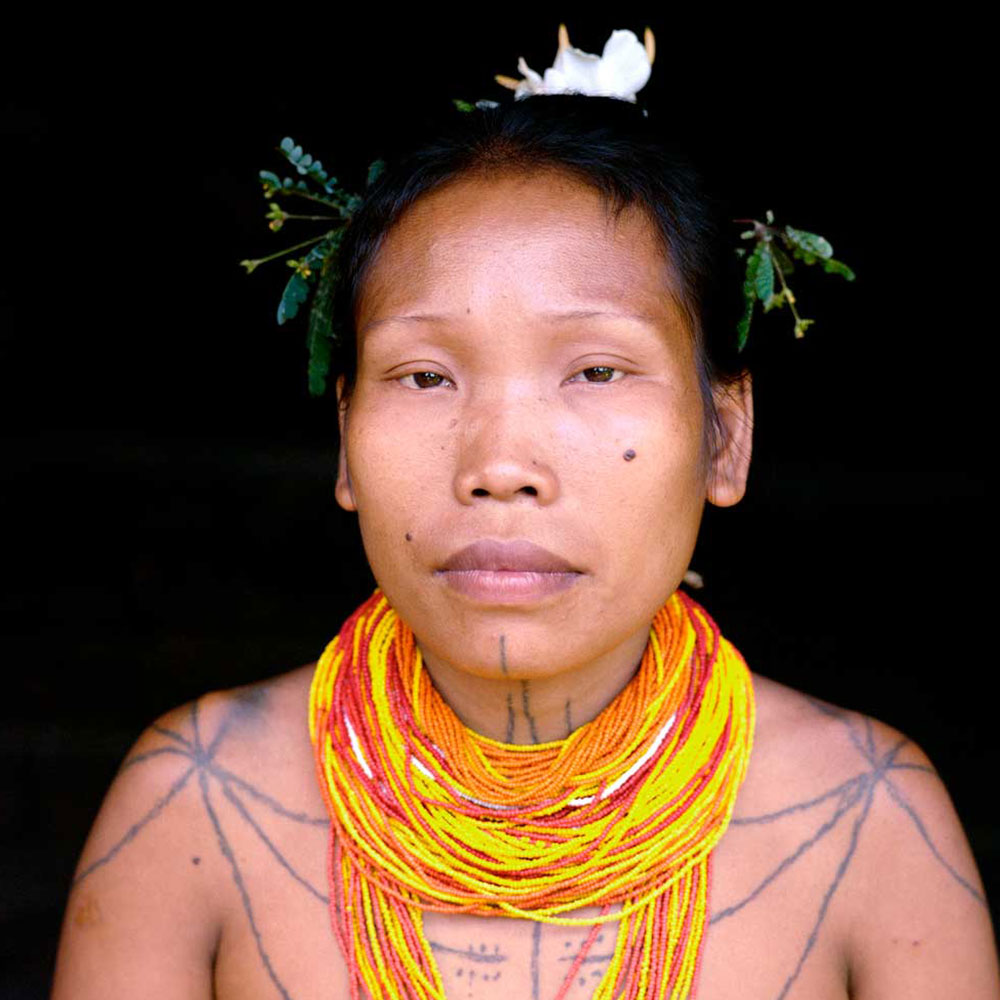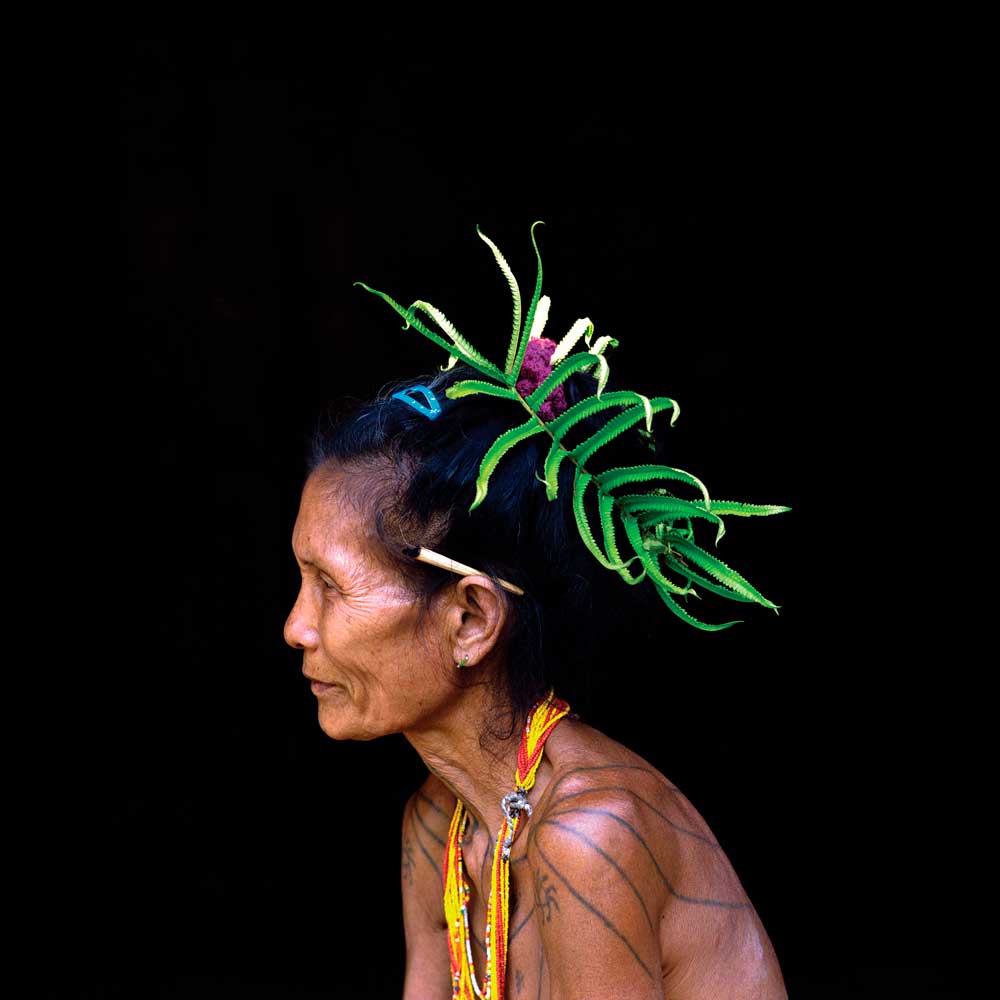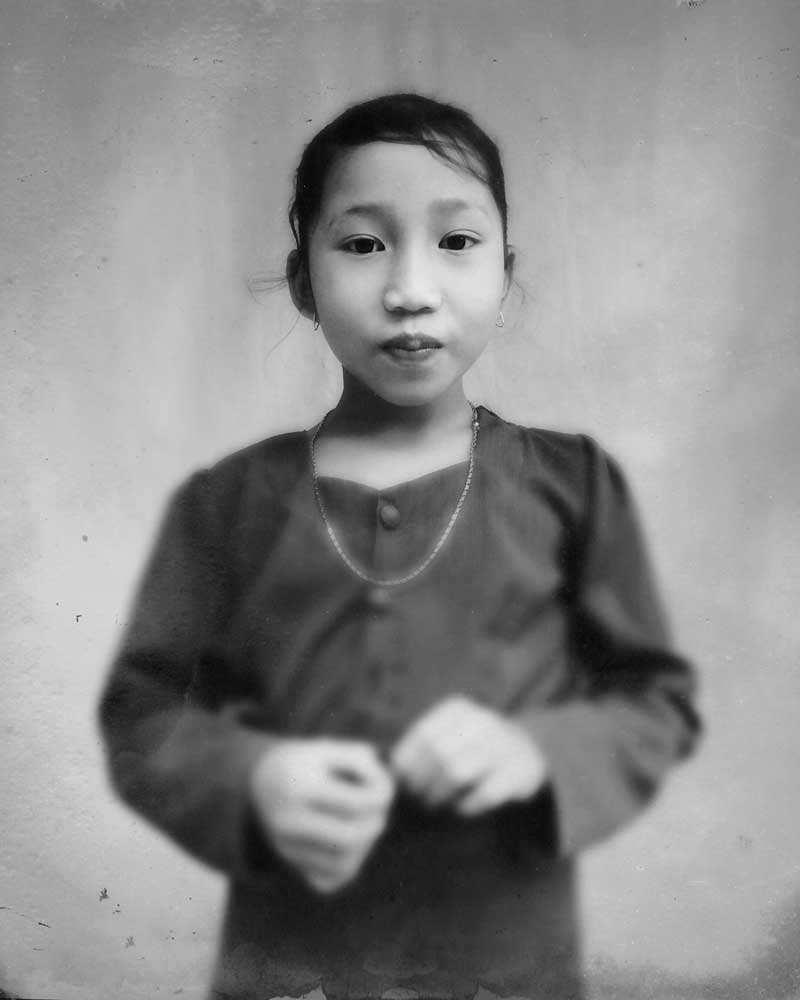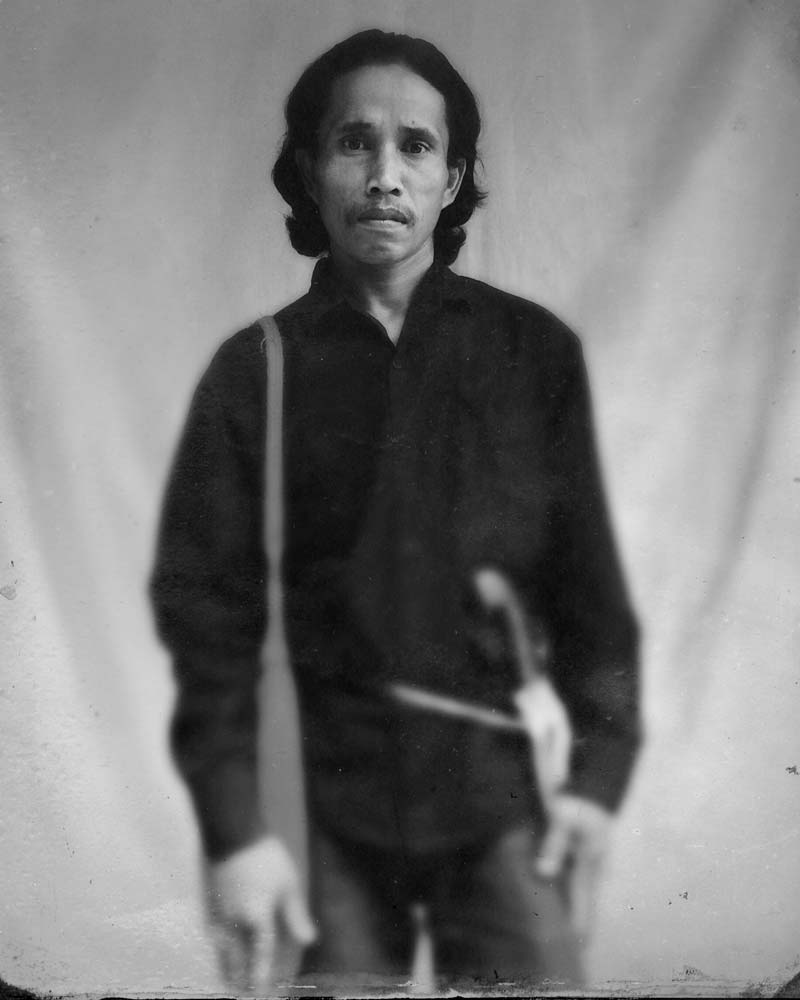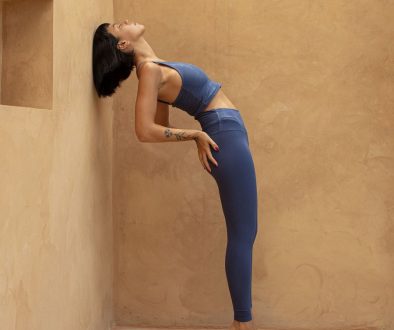Martin Westlake: Eye on Indonesia Interview with photographer Martin Westlake (for Katamama, a boutique Bali hotel)
The Katamama lensman on his third-culture upbringing, how wanderlust fuelled a career change, and his go-to photo destinations
From family ski holidays in Bavaria’s backcountry to road trips around Nigeria in a VW Kombi during his teens, photographer Martin Westlake’s early forays into the foreign planted the seeds for a future in travel snapping.
It was midway through a fruitful posting in the oil industry that Martin’s culture curiosity re-emerged. He quit his job as an offshore surveyor to set out as a freelance photographer, landing assignments to shoot off-the-radar destinations and indigenous cultures for the likes of Monocle, Condé Nast Traveller and The New York Times.
Here, the Jakarta-based photographer behind many of Katamama’s images offers his thoughts on life in the field, his fondness for old-school equipment and where to find the most evocative locations in Indonesia.
Where did you grow up?
I was an army brat. From the age of seven, I was sent to boarding school in Canterbury and when I was home, life was centred around the military camps where dad was posted. We lived in the UK and Germany and then moved to Nigeria when I was 15. School holidays were always spent travelling—to Scotland, Denmark, Sweden, Norway, ski trips to Bavaria and caravanning in the Black Forest.
What kicked off your passion for photography?
Living in Nigeria was the start. At the time my father let me use his old Voigtländer Vito B camera, and I experimented, documenting our travels. Uni and work interrupted my photography interests for a while and then in 1988 I landed an expat job with a UK offshore survey company in Jakarta. I was immediately smitten by Indonesia, travelling whenever I could with camera in hand.
And now Jakarta is home. How do you find it?
I have loved the city since my first days here – the kretek smoke, the smell of satay grilling on hawker stalls, the incessant din, the call to prayer, it’s a heady and exotic mix! The only downer nowadays is the constant gridlock, but it’s manageable and I’m looking forward to the completion of the LRT/MRT in 2019 which will I hope make things better.
“Shoot what you love, find your own style, thicken your skin and be prepared for rejection.”
Your portfolio is vast. What subject fascinates you the most?
I’ve always been fascinated by portrait photography, the relationship between the photographer and the subject, the tension, the challenge of making a great image in a short period of time—it’s incredibly rewarding if everything ‘clicks.’
Living in Jakarta has made me yearn for the outdoors and fuelled my interest in landscape photography. There’s nothing quite like setting up the camera pre-sunrise, watching and shooting as the landscape appears and changes through the early hours; it reminds me of how beautiful our planet is.
Destinations you’ve found particularly awe-inspiring?
Most are in Indonesia. I’ve shot assignments and had holidays in Komodo National Park that really stand out. Not only the diving and snorkeling, but the landscape and light there are magnificent. Years ago I trekked from Wamena to Lake Habbema in Irian Jaya [Papua], a three-week adventure which was mind-blowing.
I also loved Siberut in the Mentawai archipelago [off the coast of West Sumatra]. In 1989, I went there for the first time on what my dad would refer to as a “boy’s own” adventure. We took a rickety ferry from Padang to Siberut, sharing a cabin with chickens and durian, then a dugout canoe upriver and into the interior to spend time in traditional villages living with local tribes. I was fascinated by the way people there live, by their connection to the jungle and their environment.
Most memorable assignment?
Shooting the sulphur miners in Kawah Ijen in East Java for my first travel assignment in 1991. I thought, ‘‘This is it! I’m here, getting paid to travel and shoot!” As the trip was pre-Internet, I had no real references apart from a guidebook so it felt like real exploration and adventure.
I also had a pinch-myself moment shooting a Miss World runner up on a millionaire’s motor yacht in Dubai for Condé Nast Traveller.
Craziest experience whilst shooting in the field?
Being arrested, removed from the scene and locked up whilst on assignment in Yogyakarta covering the visit of the Emperor of Japan to Indonesia!
What happened?
Apparently, my press card was for another person; the magazine I was working for must have made a mistake. Two burly military policemen walked over and escorted me from the scene, took my cameras and left me in a police lock. Once the Emperor had left, my cameras—surprisingly still with film—were returned to me and I was released. With no photos of the Emperor’s visit, I returned to Jakarta. Sadly that was the end of my work with that magazine!
Digital versus analog—how do they compare?
Digital is great, particularly for commercial shoots and for quick turnaround, but if I had the choice and it was possible, I would only work with large format colour negative film.
The slow process of working this way is meditative; it makes you think more about each shot. Setting up is a lengthy process and the reaction by people being shot with this camera is quite different. It’s not instant gratification photography because there is a big interval between shooting and getting the contact prints. The excitement of seeing the results after a long wait and the beauty and depth of film—the process and the craft of old-school photography is what I love.
You also shoot with your smartphone?
Smartphones are great cameras. The iPhone 7 has a 12-megapixel camera which is better quality than the first digital SLRs. For a recent edition of Bon Appétit Magazine, they shot the front cover and a full feature in Mexico with an iPhone 7.
The portrait series on my website was shot on an iPhone 5 using the Hipstamatic camera app and printed A4 size, they look really good. Using my phone to shoot this series made the subjects more relaxed and accessible.
Tips for budding photographers?
Shoot what you love, find your own style, thicken your skin and be prepared for rejection.
What’s up next for you??
I continue to work on a personal project on Indonesia’s volcanoes and am getting ready to head to East Flores, Ternate, Tidore and Mount Semeru.
Thanks Martin, and hati – hati in your travels.





